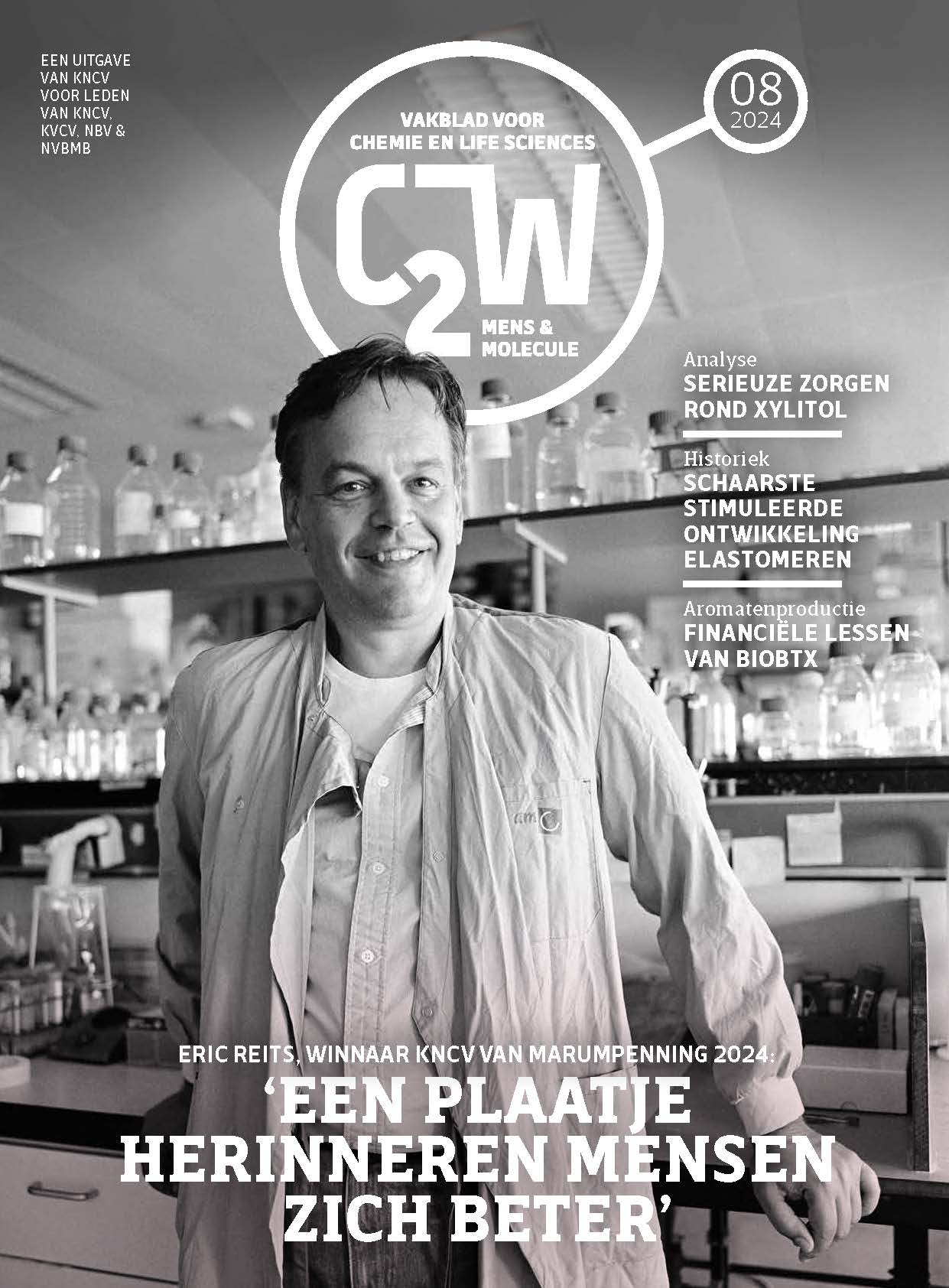Wenst u een activiteit te laten opnemen in deze lijst? Geef uw activiteit door via dit formulier.
Computational study of DPP8 and DPP9: fundamental insights and inhibitor design

Promovendus/a: Olivier Beyens
Promotor(en): Prof. Hans De Winter, prof. Pieter Van der Veken
Dipeptidyl peptidyl peptidases (DPP) 8 and 9 are intracellular enzymes with the ability to cleave off a dipeptidyl post-proline from the N-terminal of a substrate. Additionally, DPP9 forms protein-protein complexes with the inflammasome sensors CARD8 and NLRP1. By inhibition of DPP9 the complexes are disrupted and subsequent activation of the pyroptosis pathways occurs. This mechanism leads to cell death in acute myeloid leukemia and HIV-1 cell lines, increasing the interest in DPP9 as a drug target. Research regarding DPP8 is currently in an earlier stage, with less information about the biological function being available.
In this work we focus on a multifaceted computational study on DPP8 and DPP9. In the first objective of this work, we evaluated the structural differences leading to the remarkable selectivity of the DPP9 inhibitor “cpd42” against DPP8. Using an interdisciplinary approach, we validated that the Y280/F253 difference (DPP8/DPP9) is a factor in DPP8 versus DPP9 selectivity of the compound. This result can aid in the further design of selective DPP8/9 inhibitors.
In the second workstream, Hamiltonian Replica Exchange simulations were used to study the R-helix dynamics in DPP9. This R-helix is an α-helix formed by conformational change upon ligand or substrate binding. The R-helix dynamics were compared between a simulation with and without ligand. Removal of the ligand led to a lower occurrence of the R-helix, but even after ligand removal the structured form remained the most prominent conformation of the segment in the simulations. This work can facilitate follow-up research focusing on simulating ligand binding and unbinding pathways to DPP9.
The third objective of this work focusses on the discovery of novel ligands. The chosen methodology to discover new scaffolds was a cosolvent molecular dynamics (MD) informed pharmacophore model. To aid in the setup of cosolvent MD simulations with hydrophobic probes, we developed a new tool called “PART” (Plumed Automatic Restraining Tool), which we released under an open-source license. The resulting cosolvent MD simulations on the targets led to qualitative fragment affinity maps, which were also made freely available. We then used these qualitative fragment affinity maps to perform a pharmacophore screening. Resulting compounds were tested in vitro, but the best compounds were only weak binders.
The final aim focusses on improving the potency of the known DPP8/9 inhibitor (1G244) using relative binding free energy calculations. The optimization of the 1G244 inhibitor led to significant potency improvement, which was validated in vitro.
Alle datums
- 2024-10-29 15:00
Powered by iCagenda

